The Case of The Gucci Model Armine Harutyunyan
Armine Harutyunyan stepped onto the Gucci runway in 2019, she didn’t just walk down a catwalk she walked straight

Armine Harutyunyan stepped onto the Gucci runway in 2019, she didn’t just walk down a catwalk she walked straight into a global conversation about beauty, acceptance, and the power of unconventional features. This 23-year-old Armenian model became the center of intense online debate, sparking discussions that reached far beyond the fashion world and into the heart of how society perceives and judges beauty.
Born in 1997, Armine Harutyunyan a model of Armenian descent initially pursued graphic design at the Yerevan State Institute of Fine Arts and Theatre. Her path to international modeling began unexpectedly during a stay in Berlin, where a talent scout noticed her distinctive features. Within a month, she found herself auditioning for one of fashion’s most prestigious houses: Gucci.
Her story raises profound questions about beauty standards, social media culture, and the courage required to challenge conventional norms. What happened to Armine reveals both the progress and the persistent prejudices within our modern society.
Breaking Through Traditional Beauty Barriers
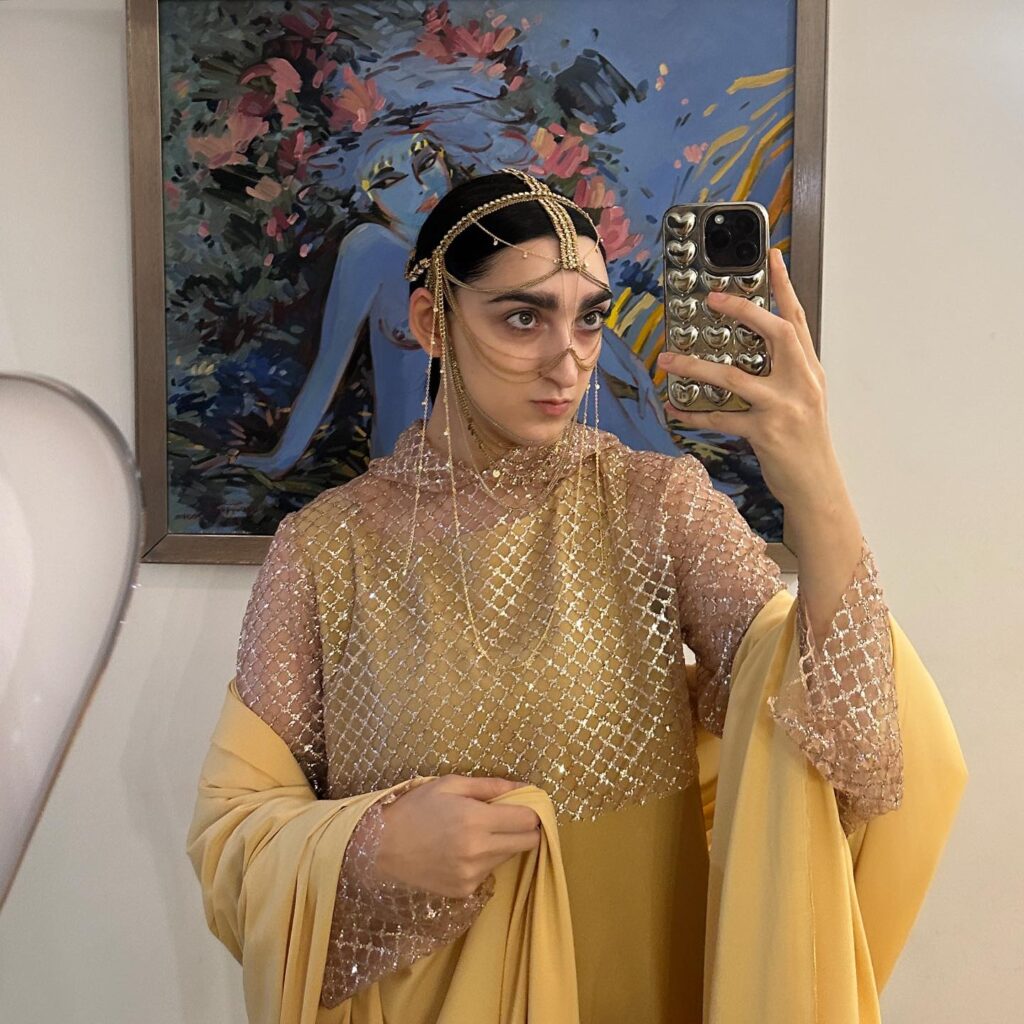
The Case Of The Gucci Model Armine began when she officially debuted on Alessandro Michele’s Gucci runway for the Spring/Summer 2020 collection. The show itself was controversial, exploring themes of individual vulnerability and societal power dynamics, with models wearing straitjacket-inspired pieces that were never intended for sale.
Armine’s unique features her angular face, aquiline nose, and thick eyebrows immediately set her apart from traditional Western beauty standards. Her appearance drew comparisons to ancient Egyptian Fayyum portraits, with their enigmatic depth and timeless mystery. These features, which art historians might describe as classically beautiful, became the subject of heated online debate.
The controversy escalated when rumors circulated that Gucci had included Armine on a list of the world’s most beautiful models. While this list was later revealed to be fake news, the damage was already done. Social media erupted with harsh criticism, body shaming, and offensive comments directed at the young model.
The Social Media Storm and Its Aftermath
The reaction to Armine’s rise in the fashion world exposed the ugly underbelly of online culture. Her Instagram account was flooded with hateful comments from users who felt entitled to judge her appearance against their narrow definitions of beauty. Some critics went as far as creating manipulated images to further spread negativity and hatred.
This response highlighted a troubling paradox in modern society. We live in an era that celebrates diversity and inclusion, yet many people revert to outdated beauty standards when confronted with something genuinely different. The same society that advocates for breaking stereotypes struggled to accept a model who didn’t fit conventional molds.
Armine herself responded to the criticism with remarkable grace and resilience. Rather than being defeated by the negativity, she continued her modeling career and used her platform to promote self-acceptance and authenticity. Her response demonstrated the strength required to challenge societal norms and the personal cost of being a pioneer.
Beauty Standards Through History
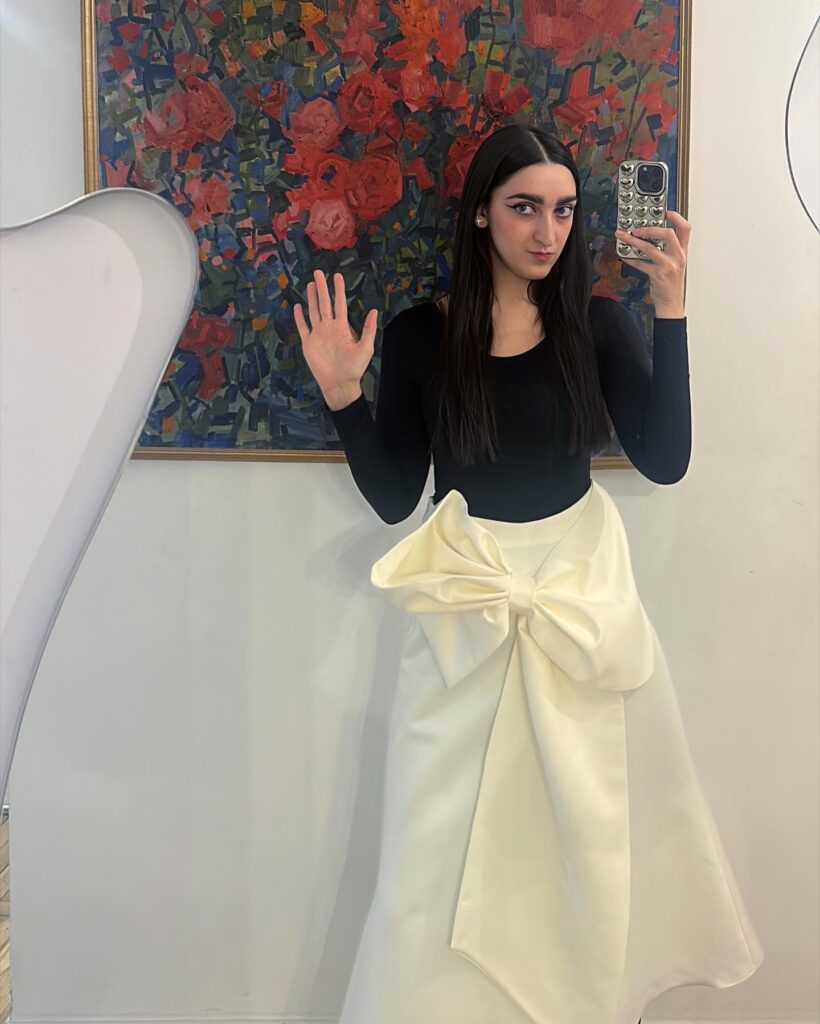
To fully appreciate The Case Of The Gucci Model Armine, we must examine how beauty standards have evolved throughout history. These standards are not universal truths but cultural constructs that shift with time, geography, and social context.
Throughout different eras and cultures, beauty has been defined in vastly different ways. What we consider attractive today might have been unremarkable or even undesirable in another time period. The thick eyebrows that some criticized on Armine would have been celebrated in ancient Greece, where they were considered a sign of intelligence and beauty.
The fashion industry has long recognized that models serve as more than mannequins for clothing. They are interpreters who bring lifestyle and narrative to fashion presentations. The most intelligent segments of the fashion world understand that diversity in representation creates more compelling and inclusive storytelling.
Armine’s features, reminiscent of classical art and ancient portraiture, challenge viewers to expand their definition of beauty. Her face tells stories that connect to centuries of artistic tradition, yet some viewers were unable to see beyond their contemporary biases.
The Beauty That Sparked Global Debate
Armine Harutyunyan features tell a story that connects across centuries. Her thick eyebrows frame deep brown eyes with an intensity that recalls the enigmatic portraits of Fayyum from the Hellenistic and Roman periods. Her aquiline nose and angular features create a profile that art historians might describe as classically Mediterranean, yet these same characteristics became the source of intense online controversy.
When Gucci included her among the world’s most beautiful models, social media erupted. The backlash was swift and harsh, with users targeting her unconventional beauty through body shaming comments focused on her angular features, prominent nose, and thick eyebrows. The criticism revealed deep-seated prejudices about what constitutes beauty in contemporary society.
The contrast between professional recognition and public reaction illustrates the gap between industry evolution and public perception. While fashion insiders celebrated her unique look as refreshing and authentic, segments of the online community responded with hostility to features that didn’t conform to Western beauty standards.
Her face, which fashion photographers saw as striking and memorable, became a lightning rod for debates about inclusivity, representation, and the definition of beauty itself. The controversy extended beyond personal attacks to broader discussions about who gets to define beauty and whose features are considered worthy of celebration.
The Fashion Industry Evolving Standards
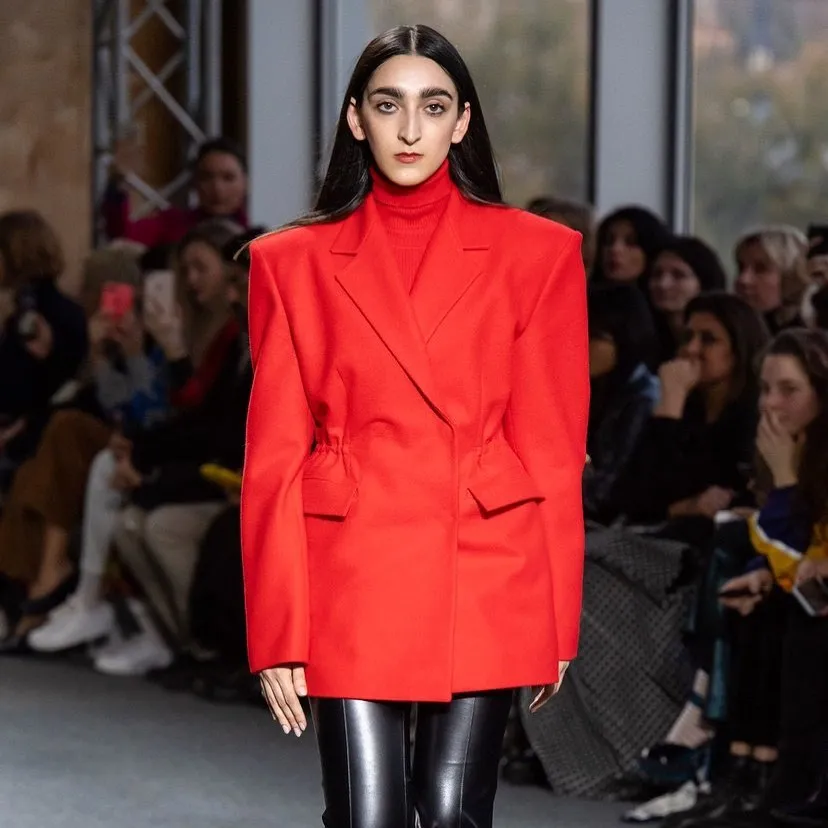
The fashion world has undergone significant changes in its approach to beauty and representation over the past decade. Models are no longer simply mannequins for displaying clothes; they’ve become interpreters who bring lifestyle concepts, narratives, and emotional depth to fashion presentations. This evolution has created space for faces like Armine’s that might have been overlooked in previous eras.
Traditional Western beauty standards blonde hair, blue eyes, tall and slender figures dominated fashion for decades. These standards were reinforced through repetition across magazines, runways, and advertising campaigns. However, brands began recognizing that these narrow definitions excluded vast populations and failed to represent their increasingly diverse customer base.
Gucci, under Alessandro Michele’s creative direction, has been particularly progressive in challenging conventional beauty norms. The brand’s campaigns and runway shows regularly feature models with distinctive characteristics that might not fit traditional standards but possess undeniable presence and authenticity.
This shift reflects broader cultural movements toward inclusivity and representation. Fashion houses recognize that beauty comes in many forms and that authentic diversity resonates more strongly with contemporary audiences than manufactured perfection. The industry’s embrace of unconventional beauty isn’t just politically correct it commercially smart.
Lessons from Digital Age Beauty Standards
The online reaction to Armine success reveals concerning aspects of how beauty standards are enforced in the digital age. Social media platforms can amplify both positive and negative voices, creating echo chambers that reinforce existing biases or challenge them.
The speed and intensity with which criticism spread online demonstrates how quickly public opinion can mobilize around appearance-based judgments. However, it also shows how rapidly society can engage in important conversations about representation and acceptance.
The creation and spread of fake news about Gucci’s supposed “beautiful women” list highlights another troubling aspect of digital culture: the willingness to manufacture controversy for the sake of engagement. This incident shows how easily misinformation can fuel real hatred and harassment.
Yet Armine’s story also demonstrates the positive potential of digital platforms. Her Instagram account became a space for supporters to rally around her message of self-acceptance. The same technology that enabled criticism also provided a platform for advocacy and positive change.
From Art Student to International Model
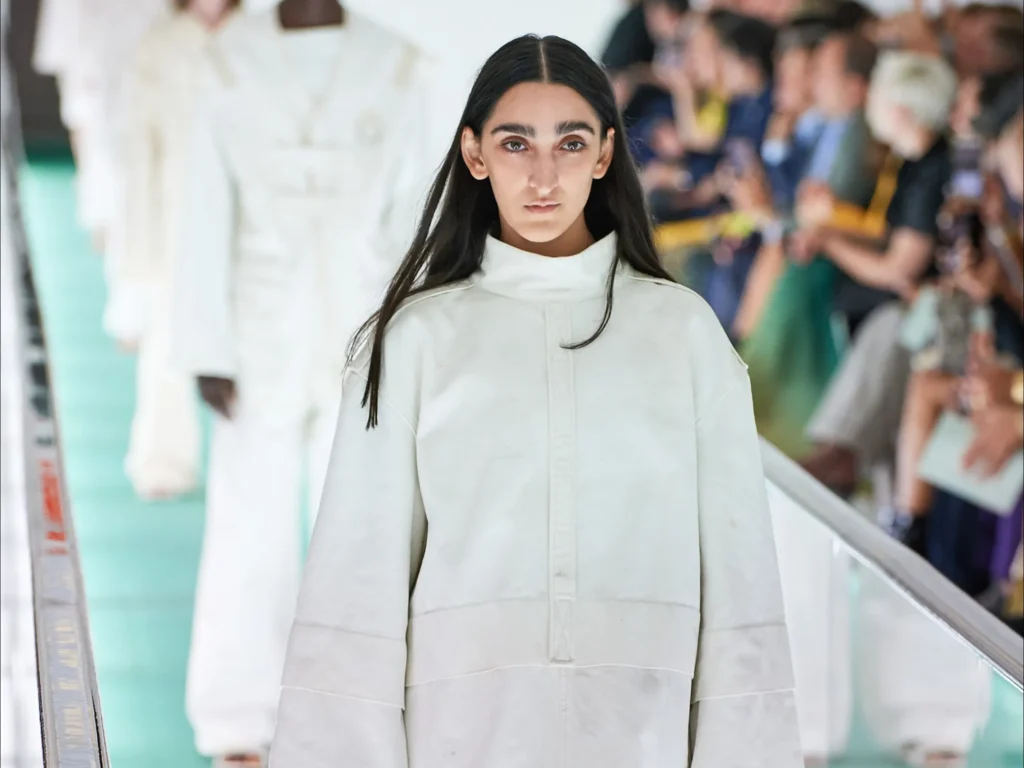
Armine Harutyunyan path to the fashion world began far from the runways of Milan or Paris. Born in Armenia in 1997, she pursued her passion for visual arts by studying Graphic Design at the Yerevan State Institute of Fine Arts and Theatre. Her artistic background runs deep her grandfather is a nationally renowned painter known for his exploration of light and themes inspired by Dante Alighieri’s Divine Comedy.
The transition from art student to international model happened serendipitously during a stay in Berlin. A talent scout noticed her distinctive features and unique presence, leading to an audition with Maison Gucci just one month later. This swift progression from discovery to major fashion house representation highlights how the industry sometimes moves when it recognizes something truly distinctive.
Her official debut came in 2019 with Gucci’s Spring/Summer 2020 collection, designed by Alessandro Michele. The show itself was controversial, addressing themes of individual weakness and the power dynamics that exist in society. The collection featured straitjackets as a commentary on psychiatric treatment items that were never intended for sale but served as powerful artistic statements.
This debut positioned Armine not just as a model, but as an interpreter of complex artistic concepts. Her presence on the runway contributed to a broader narrative about vulnerability, strength, and the human condition themes that would become increasingly relevant to her own story.
Social Media Role in Beauty Standards
The controversy surrounding Armine Harutyunyan highlighted social media’s complex relationship with beauty standards. Platforms that can celebrate diversity and challenge traditional norms can also become echo chambers for prejudice and harassment. The speed and scale of online reactions amplify both positive and negative responses to unconventional beauty.
Social media democratizes beauty discussions by giving everyone a voice, but it also enables mob-like behavior when users collectively target individuals who challenge their preconceptions. The anonymity and distance of online interactions can lead to particularly cruel comments that users might never make in person.
However, these platforms also provide opportunities for counter-narratives. Supporters of diverse beauty standards can use the same channels to celebrate unconventional features and challenge narrow definitions of attractiveness. The conversation sparked by Armine’s case contributed to broader discussions about representation and acceptance.
The incident demonstrated how social media can simultaneously be a tool for progress and a weapon for maintaining status quo beauty standards. The key lies in how these platforms are used and which voices are amplified in the ongoing conversation about beauty and representation.
FAQ
Who is Armine Harutyunyan?
Armine Harutyunyan is a model of Armenian origin born in 1997 who gained international attention after being selected by Gucci as one of their featured models. She studied graphic design at the Yerevan State Institute of Fine Arts and Theatre before being discovered by a talent scout in Berlin.
Why did The Case Of The Gucci Model Armine become controversial?
The controversy arose when Gucci included Armine among the world’s most beautiful models, leading to online backlash from users who criticized her unconventional features through body shaming comments. Her angular features, aquiline nose, and thick eyebrows didn’t conform to traditional Western beauty standards.
How did Armine Harutyunyan respond to the criticism?
Armine demonstrated remarkable resilience by not engaging with her critics and continuing her modeling career. She allowed the negative comments to “slip over her” and maintained her professional focus despite the intense online harassment.
What impact did her case have on the fashion world?
Her story contributed to broader discussions about beauty standards, representation, and diversity in fashion. It highlighted the tension between industry evolution toward inclusive beauty and traditional public expectations, while demonstrating the importance of brand support for unconventional models.
What makes Armine Harutyunyan’s beauty “unconventional”?
Her features recall classical Mediterranean and ancient portraiture, particularly the Fayyum portraits from Hellenistic and Roman periods. Her distinctive characteristics don’t conform to contemporary Western beauty standards but possess historical and artistic significance.



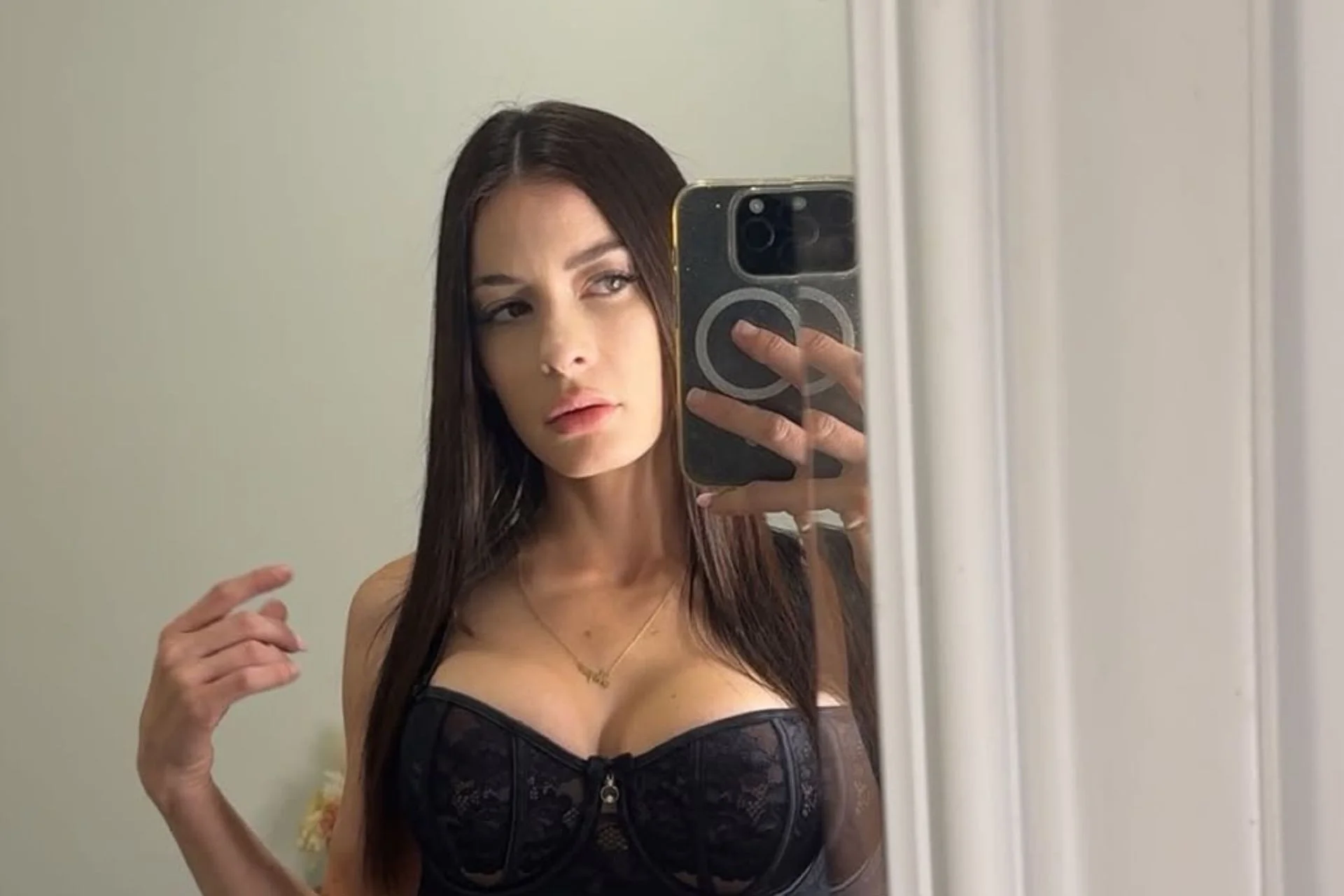



2 Comments
Istanbul city guide Our guide gave us restaurant recommendations too. https://truwaymachinery.com/2012/10/18/istanbul-tours-unforgettable-journeys-through-history/
[…] DiDonato is an American fashion model who rose to prominence in the late 2000s. She’s best known for her work with prestigious […]